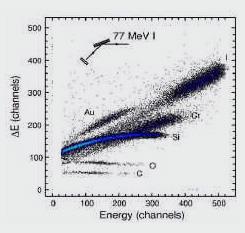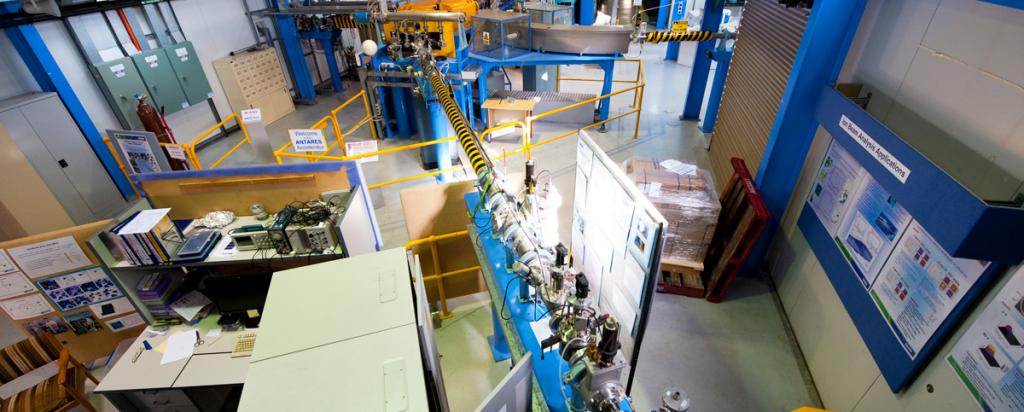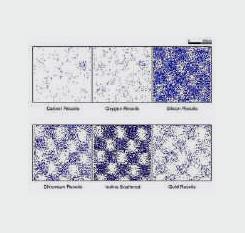

Micro-Elastic Recoil Detection Analysis
Micro-Elastic Recoil Detection Analysis (µERDA) is based on the same principles as ERDA. The only difference is that the ion beam is focussed to a small spot size which is then raster-scanned across the sample surface. In this way, ERDA data are collected for each raster point on the surface. From this data, elemental maps can be constructed, showing the variation of an elemental across the surface.
Additionally, elemental depth profiles can constructed for each raster point.
When a sample (e.g. semiconductor device) is irradiated with High Energy Heavy Ion Beam, some of the sample's atoms will be recoiled from the surface. By identifying these recoiled atoms and by measuring their energy, one can determine the depth profile of many surface elements - the technique is known as Elastic Recoil Detection Analysis (ERDA).
When ERDA is combined with a Heavy Ion Microprobe we have a unique instrument that can measure elemental depth profiles with micron spatial resolution and atomic monolayer depth resolution. Depth profiles of metals such as Cr and Au as well as light elements such as oxygen and carbon with a lateral resolution of 20μm are shown below.

Figure 1 DE-E coincidence spectrum taken of the test structure analysed with 77MeV iodine ions on the microprobe beam-line. From this spectrum, elemental depth profiles can be derived for arbon, oxygen, chromiium and gold

Figure 2: Elemental maps of carbon, oxygen, chromiium and gold